Best walks in London, from Kew Gardens and Eltham Palace to Lesnes Abbey and the 'Cathedral of Sewage’
Our capital city is more inviting for walkers than you might expect, with meadows, towpaths, unexpected sculpture and great houses to draw the eye. Octavia Pollock sets off to explore London on foot.
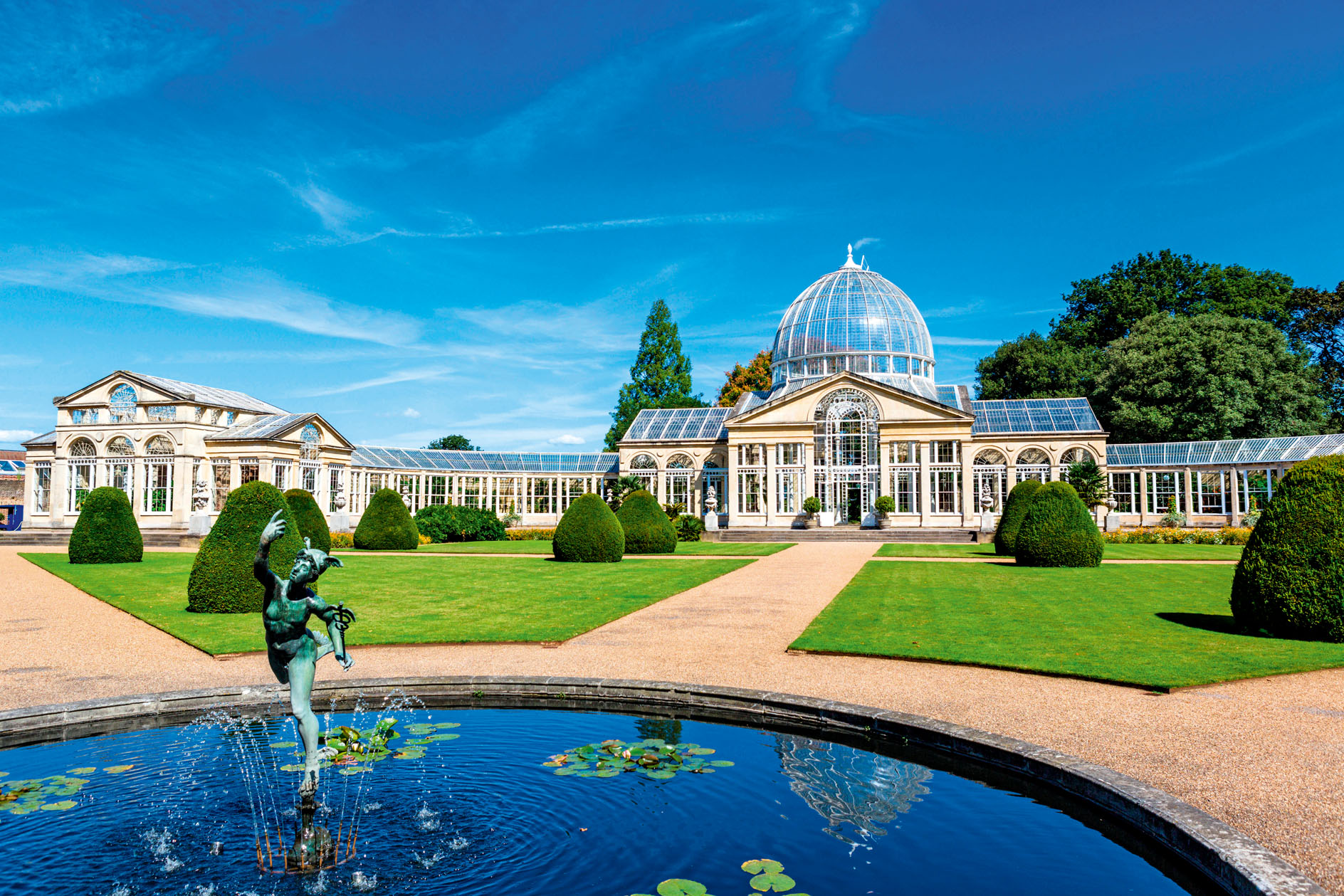
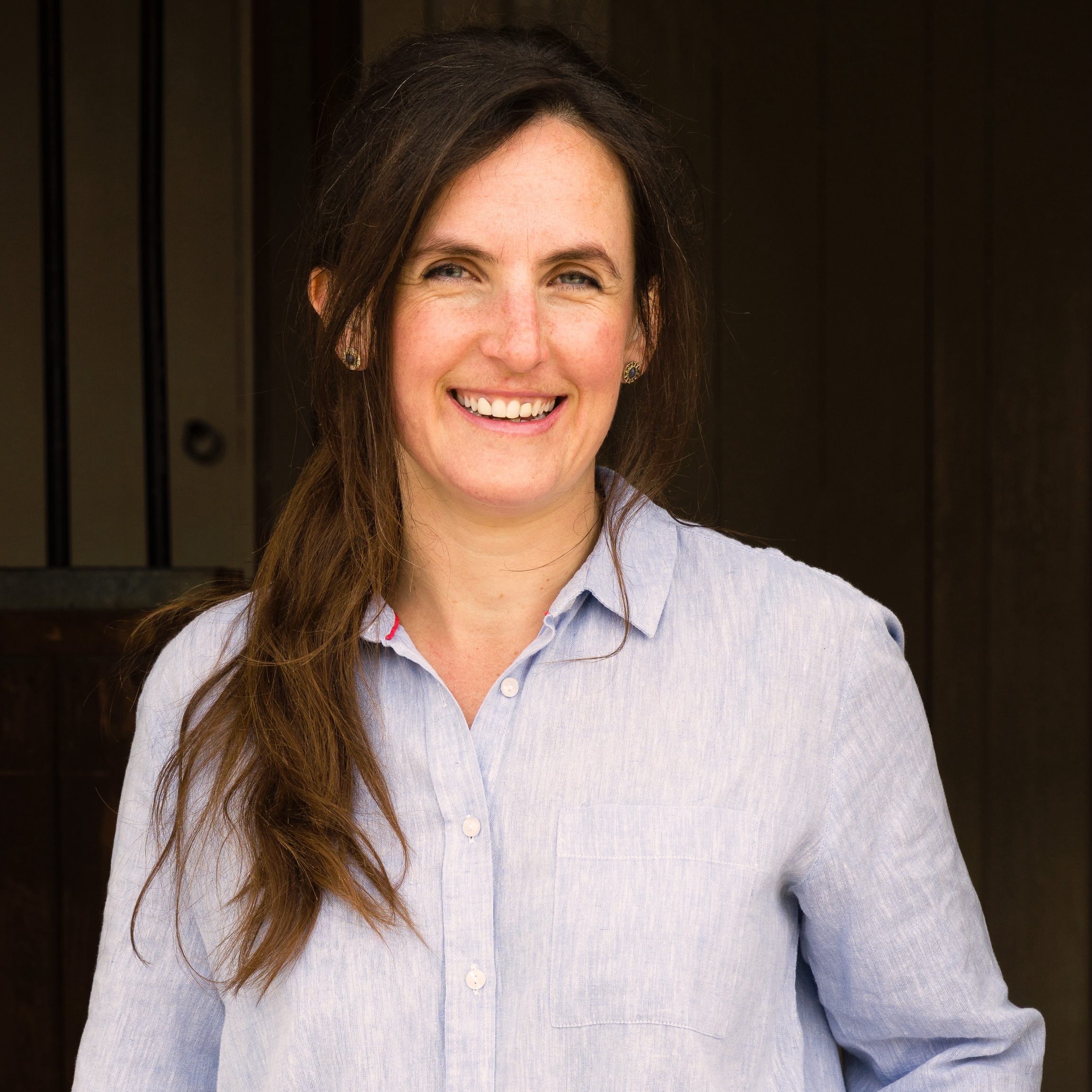
This city was made for walking. Far from being an inhospitable concrete jungle, London has woodland, river meadows and heathland, not to mention countless parks. Alongside bike stations and bus lanes, Transport for London devotes a whole section of its website to walking, including, under Walk London, seven routes that encompass everything from the criss-crossing towpaths of central London to fields and forests at the furthest reaches of the Tube map.
Signposts embellished with kestrels and crowns lead to hidden delights, from the sweep of Oxleas Meadows to atmospheric corners, such as the Railway Children Walk, near where Edith Nesbit lived, and the tumbled graves of Abney Park Cemetery.
King of the walks is the London Loop, a 150-mile hoopla around the city’s edge, sometimes called the walkers’ M25. Launched in 2001, it is monitored by Loop Leaders, volunteers from the Inner London Ramblers, who will run the Love Your Loop festival this September. The 24 sections pass along the mysterious ‘ghost roads’ near Nonsuch Palace, parallel concrete tracks the origins of which remain unknown; over Capability Brown’s Five Arch Bridge to Foots Cray Meadows; through the ancient hornbeams of Foxburrow Wood, near where Henry VIII’s daughters played in youth; and past Upminster’s rare smock windmill.
Closer in, within 10 miles of Westminster, is the Capital Ring, a 78-mile ‘green corridor round inner London’. It traverses royal Eltham Palace and the Cator family’s splendid 18th-century Beckenham Place Park, set in a newly restored sweep of parkland with a lake open to swimmers; the site of the UK’s first motor accident in which the driver was killed, in Harrow in 1899; and the Victorian ‘Cathedral of Sewage’ pumping station, built when the utilitarian was made magnificent.
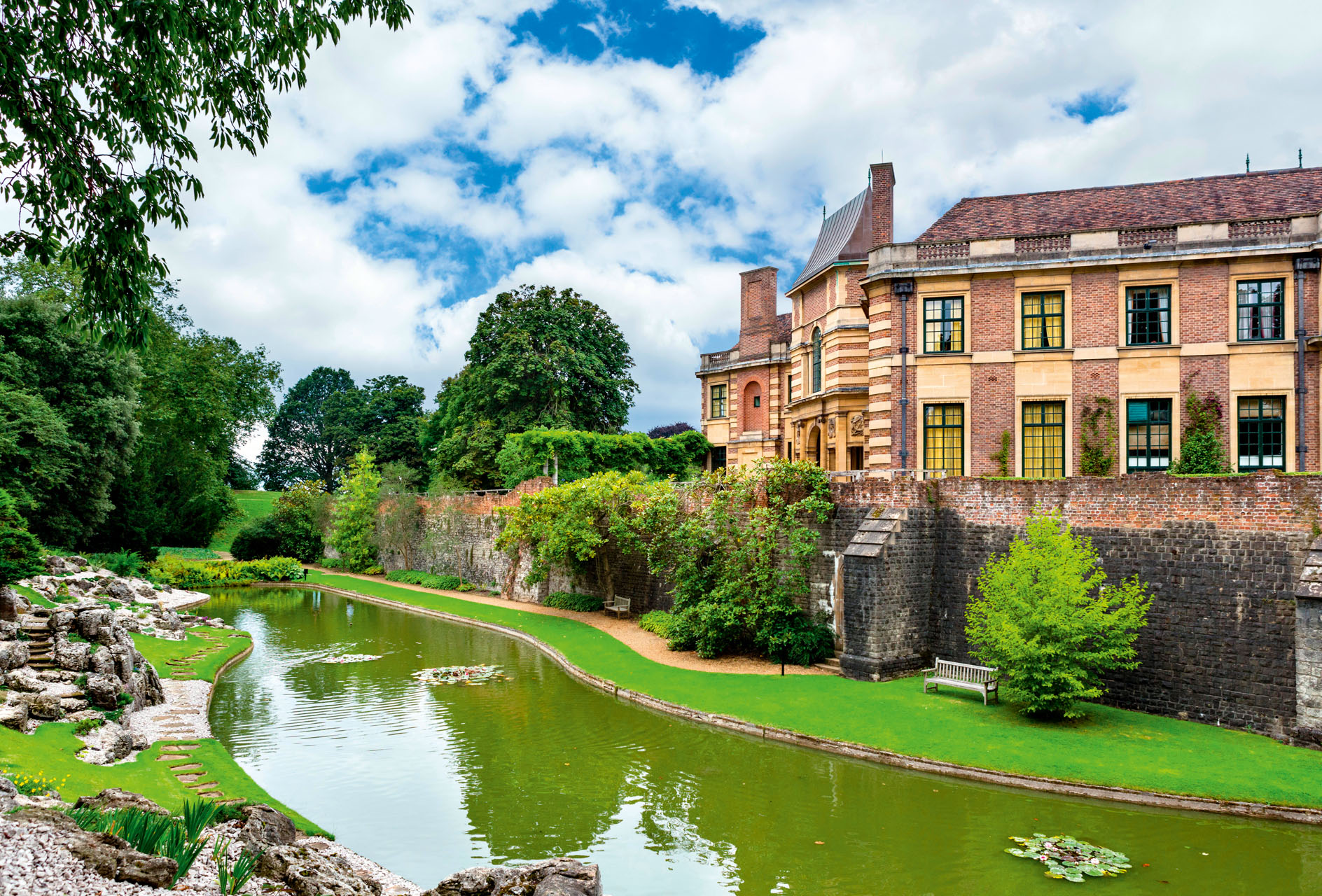
Unexpected gems are all over. An impish stone ‘spriggan’ springs from the arch of a disused railway line — now Parkland Walk, London’s longest nature reserve — from Highgate to Finsbury Park. King Henry’s Mound in Richmond Park is, apocryphally, where Henry VIII looked for a rocket fired from the Tower of London, the signal that Anne Boleyn had been executed and he could marry Lady Jane Seymour. Myth and history yield to modernity in the regenerated East, in the glittering expanse of West Reservoir and the Greenway footpath, a converted sewer near the Olympic Park.
The Green Chain walk, in the south-east, begins with a glimpse of the past at Lesnes Abbey, built in 1178. The dinosaurs of Crystal Palace evoke a more dangerous age and lost watercourses bring back a time before cars. The tangled paths of Sydenham Hill Wood are a perfect place to get delightfully lost and the route finishes in Nunhead cemetery, one of London’s ‘Magnificent Seven’ cemeteries.
For an exploration of city hubbub, there’s the Jubilee Greenway, opened to mark The Queen’s Diamond Jubilee and the Olympics, which runs from the Olympic stadium to Horse Guards, and the Jubilee Walkway that circles major landmarks. For a tranquil stroll, the Lea Valley Walk threads the leafy towpath and river basin from Waltham Abbey to the Thames at Limehouse; time your arrival there for a spectacular sunset. And, of course, there is the mighty Thames Path.
Sign up for the Country Life Newsletter
Exquisite houses, the beauty of Nature, and how to get the most from your life, straight to your inbox.
Being alone with a map and the view can make for an idyllic Sunday, but having an expert guide can open up routes of which you never dreamed. There are 600 of the famous Blue Badge Guides, but an even older group is London Walks, founded by Australian Keith Baverstock 50 years ago and now run by David and Mary Tucker. Each guide is an expert, from the founding director of the Brunel Museum on the engineer’s bridges to a criminal defence lawyer on the Magna Carta and a doctor on the medical mishaps of Dr Crippen in Fitzrovia.
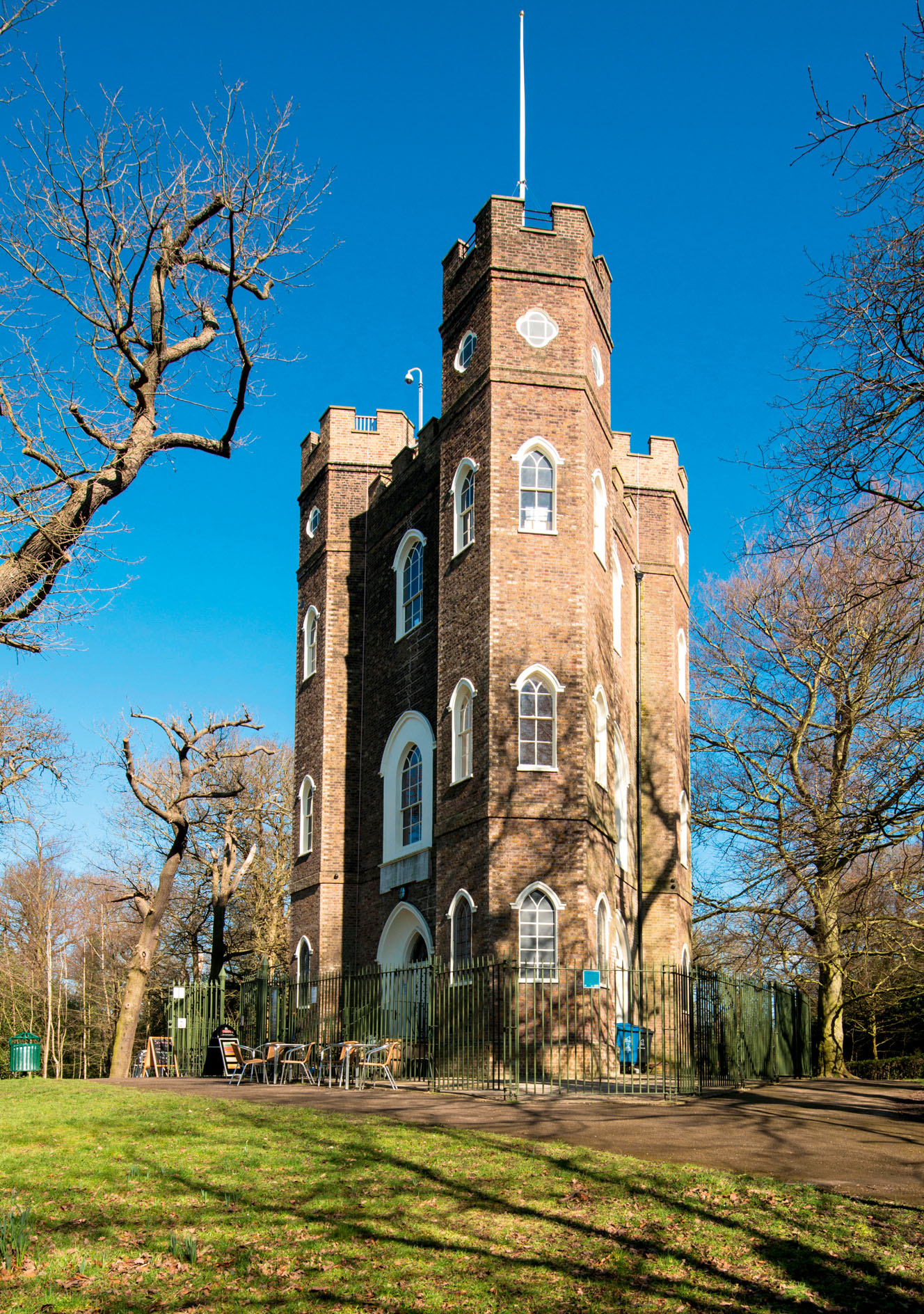
For Wisconsin-born Mr Tucker, Hampstead & the Heath is the best route. ‘Historically, biographically, it stands out, eye candy from first to last,’ he explains. When Covid lockdowns prompted the creation of virtual tours, he added the sound of Keats’s nightingale. ‘On our Kensington “walk”, we could teleport to the Louvre to witness the Eureka moment that led to the invention of the stethoscope.’ The longevity of London Walks guides, most of whom have full-time jobs, is bolstered by a profit-sharing model: ‘Between 88 guides, we have 1,794 years of guiding.’
For Rosie Oliver, lunchtime walks around Greenwich sparked the founding of Dotmaker Tours in 2012. ‘I started to notice little details, gargoyles, odd signs and so on and realised what I was missing. I made a list of animals for my partner to find on a mapped route and it grew from there.’ Each walk offers a new perspective: ‘It’s about re-engaging, re-enchanting.’
Her first route is now Greenwich Bestiary; closest to her heart is The London Ear. ‘We encourage people to listen and imagine what we would have heard in the past, metalworking, market calls; there’s a sense of time travel.’ Podcasts have kept the Dotmaker ball rolling in the past year, but the magic truly comes from ‘seeing people surprised and interested together’.
The joy of a walk is in the chance to slow down and see details that are often missed, from frieze flourishes to thought-provoking graffiti. On walks with Artscapes UK (currently bespoke; public tours will return when allowed), the secrets of ‘literary Hampstead, the street art of Shoreditch, the patchwork of culture, food and art in Spitalfields and hidden medieval churches in Clerkenwell are revealed,’ explains Rose O’Connor. ‘Our walks provoke conversation and challenge perceptions.’
As we step further than our front door, take a new path through London, alone or with an enthusiast, and your eyes will be opened.
oct
Octavia, Country Life's Chief Sub Editor, began her career aged six when she corrected the grammar on a fish-and-chip sign at a country fair. With a degree in History of Art and English from St Andrews University, she ventured to London with trepidation, but swiftly found her spiritual home at Country Life. She ran away to San Francisco in California in 2013, but returned in 2018 and has settled in West Sussex with her miniature poodle Tiffin. Octavia also writes for The Field and Horse & Hound and is never happier than on a horse behind hounds.
-
 Why British designers dream up the most desirable hotels
Why British designers dream up the most desirable hotelsWhen it comes to hotel design, the Brits do it best, says Giles Kime.
By Giles Kime Published
-
 The five minute guide to 'The Great Gatsby', a century on from its publication
The five minute guide to 'The Great Gatsby', a century on from its publication'The Great Gatsby' sold poorly the year it was published, but, in the following century, it went on to become a cornerstone of world literature.
By Carla Passino Published
-
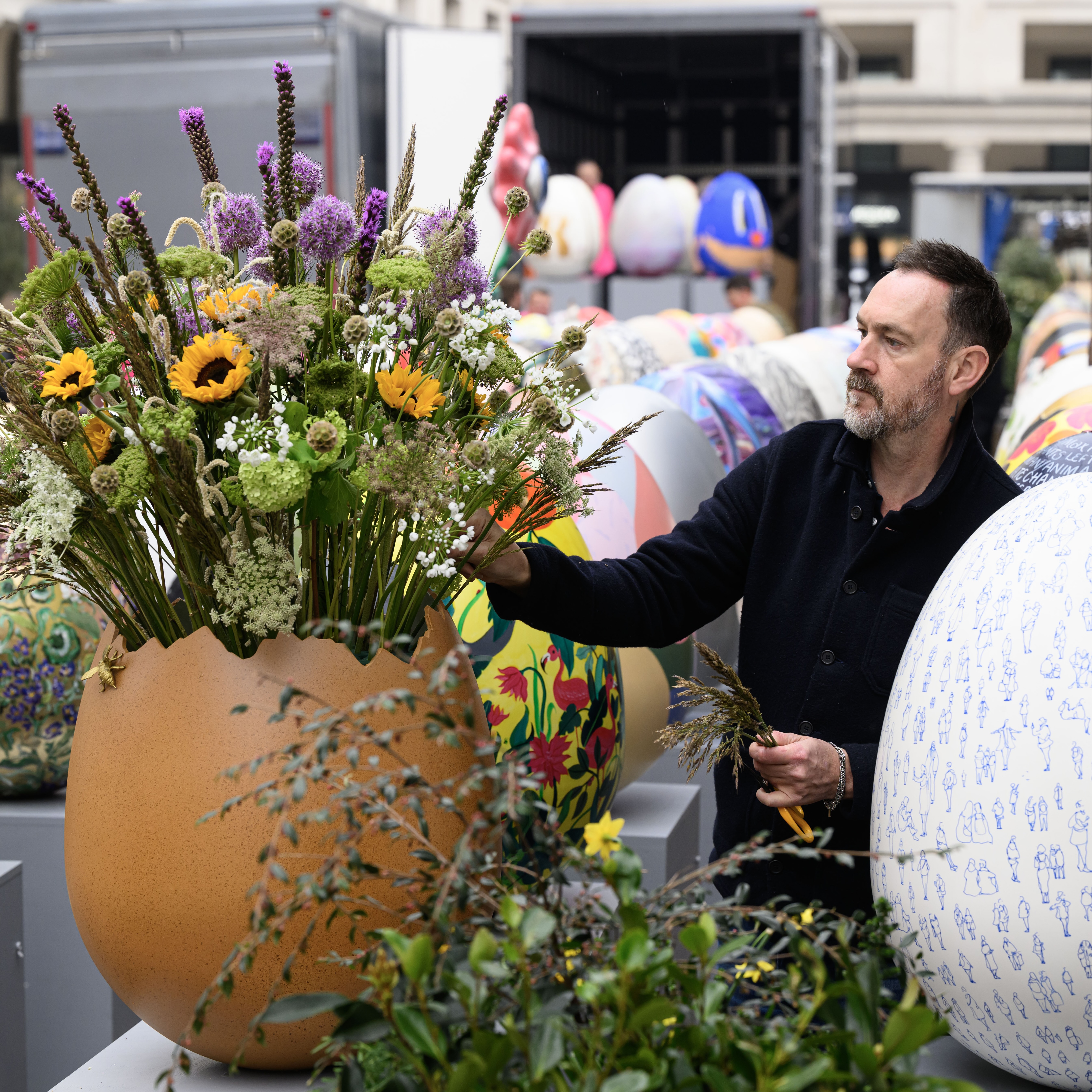 You've gotta catch them all: Everything you need to know about London's giant Easter egg hunt
You've gotta catch them all: Everything you need to know about London's giant Easter egg huntFortnum & Mason, Anya Hindmarch and Chopard are among the companies that have lent a creative hand.
By Amie Elizabeth White Published
-
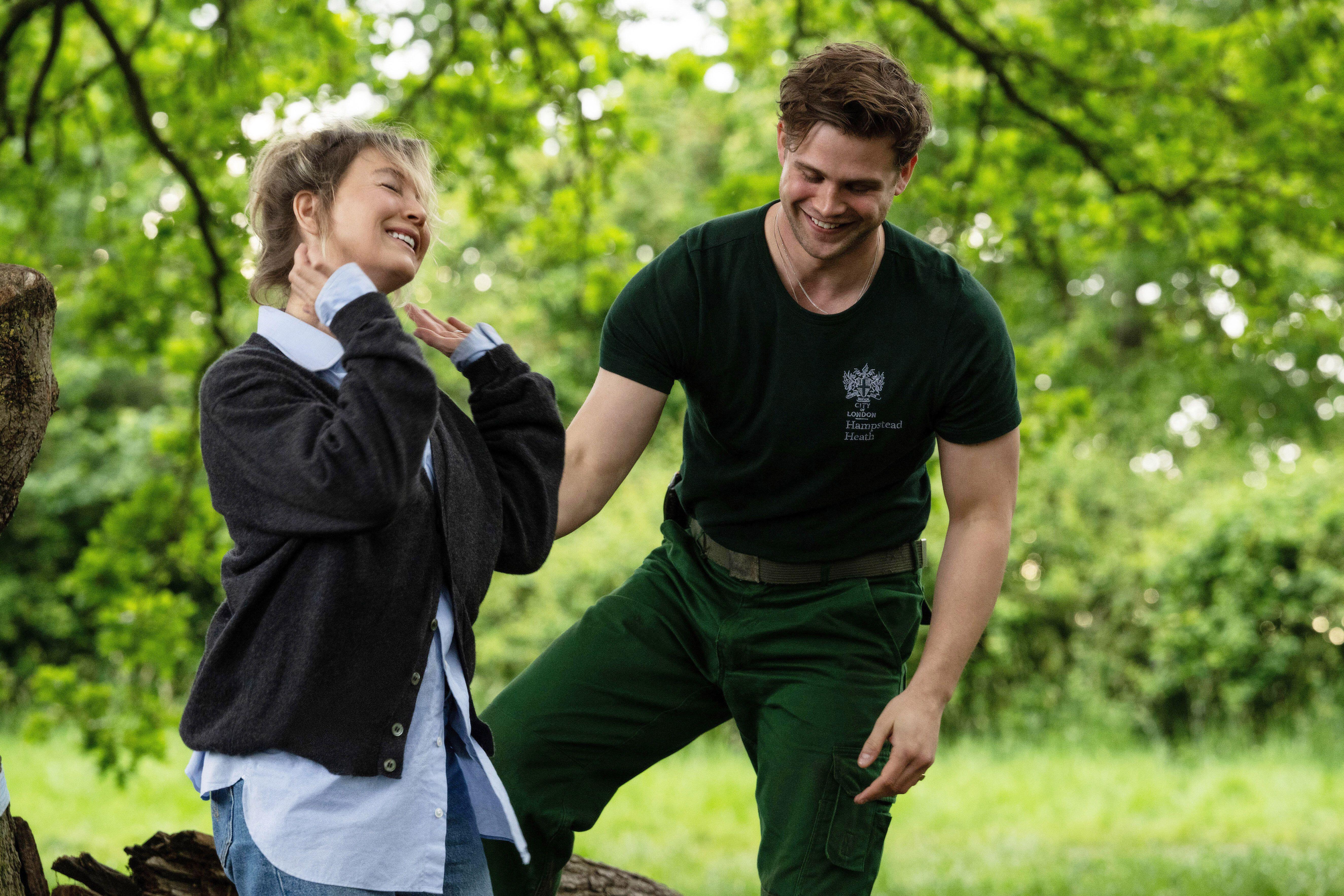 Everything you need to know about Hampstead: The real star of 'Bridget Jones: Mad About the Boy'
Everything you need to know about Hampstead: The real star of 'Bridget Jones: Mad About the Boy'From Protestant Dissenters to Dame Judi Dench, Hampstead has long been synonymous with liberal values and prosperity — which is what makes it different from other parts of London. Now, it's stealing hearts the world over in the latest Bridget Jones film.
By Carla Passino Published
-
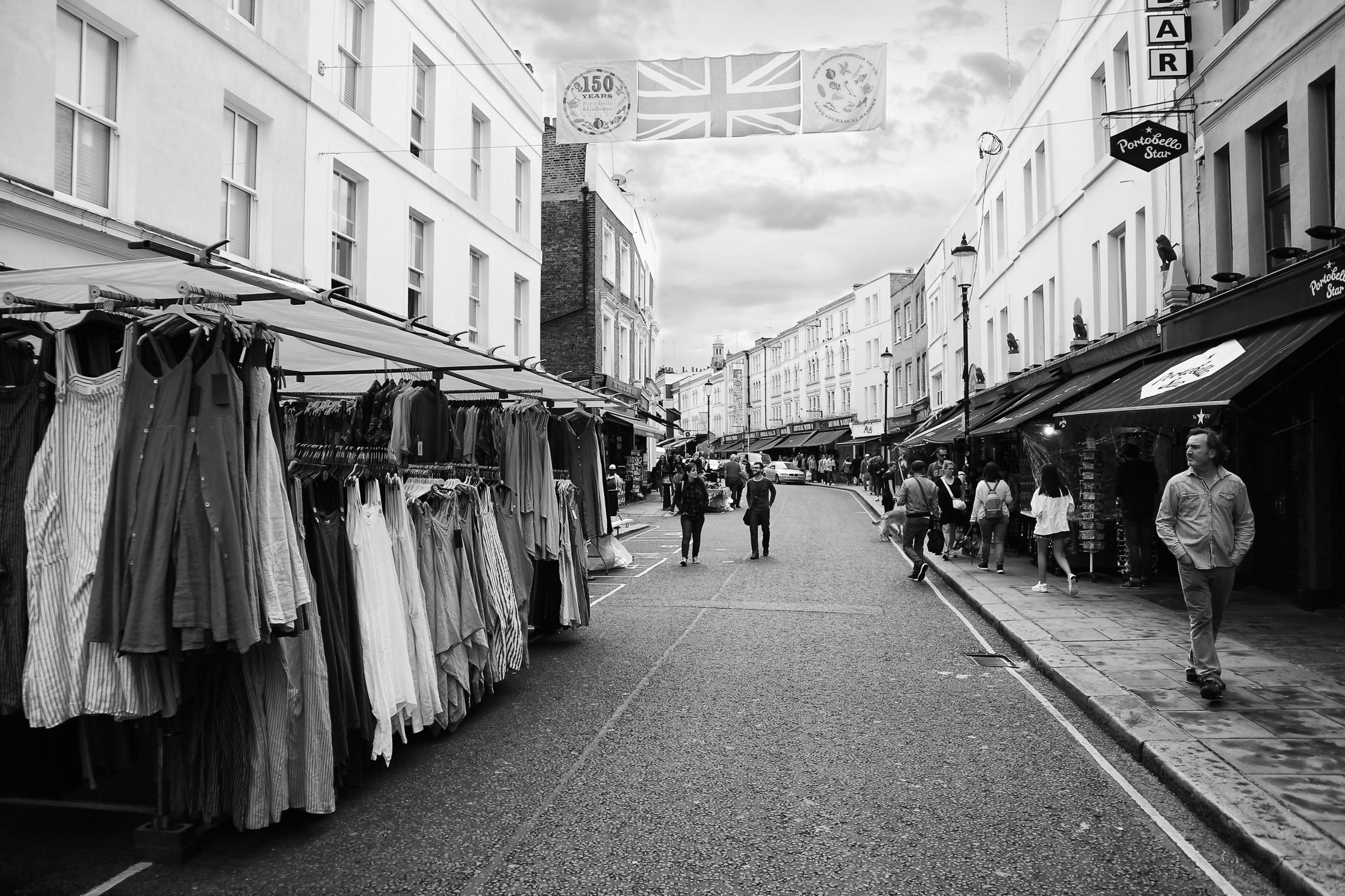 Tricks of the trade: London's best spots for second-hand sales
Tricks of the trade: London's best spots for second-hand salesNeed a mid-century desk? A frock from the 1960s? Here are five London markets that satisfy every taste.
By Arabella Youens Published
-
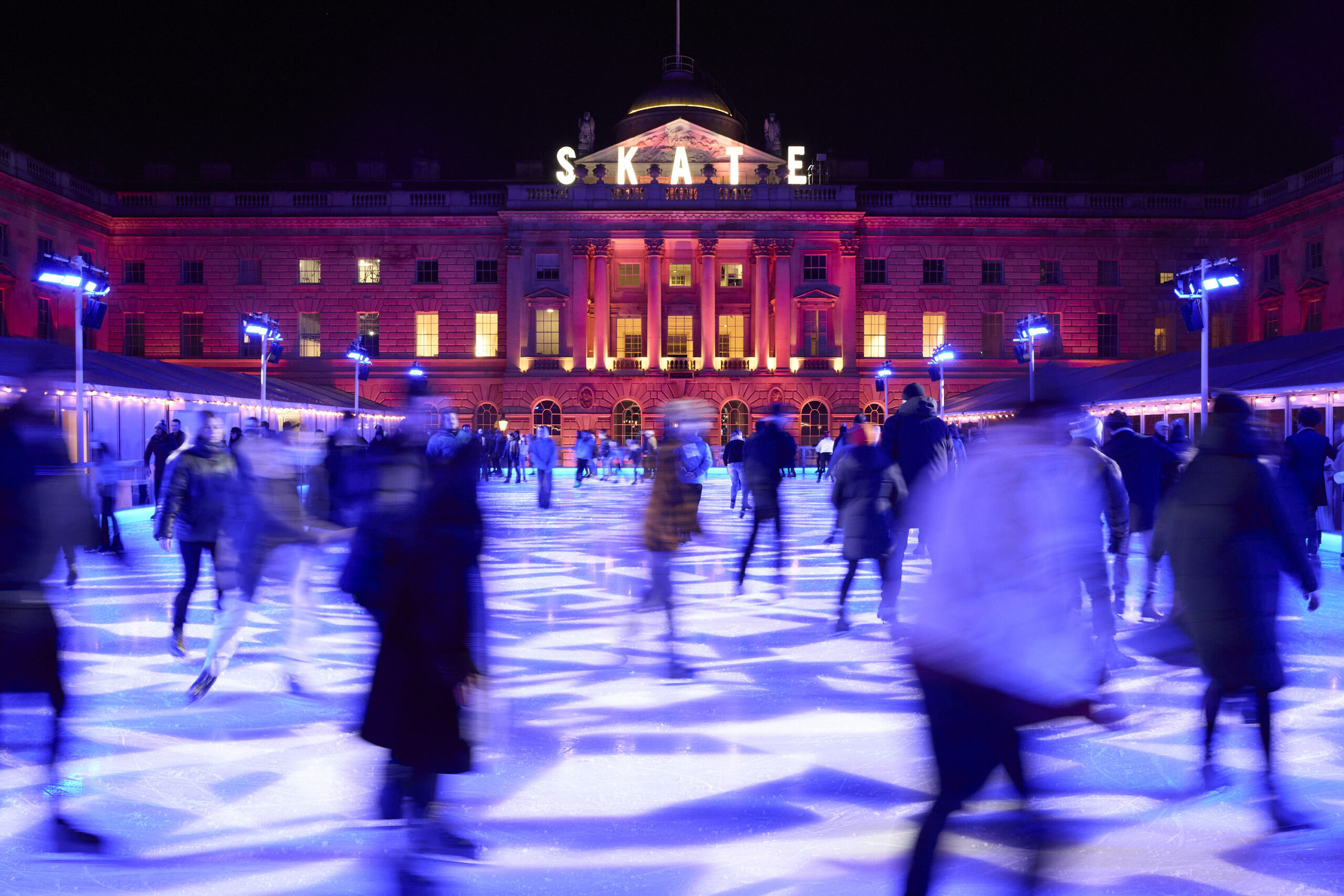 Skate at Somerset House is the friendliest thing you'll ever do in London
Skate at Somerset House is the friendliest thing you'll ever do in LondonRelying on the kindness of strangers is alive, well, and found in Skate at Somerset House on the Strand.
By Toby Keel Published
-
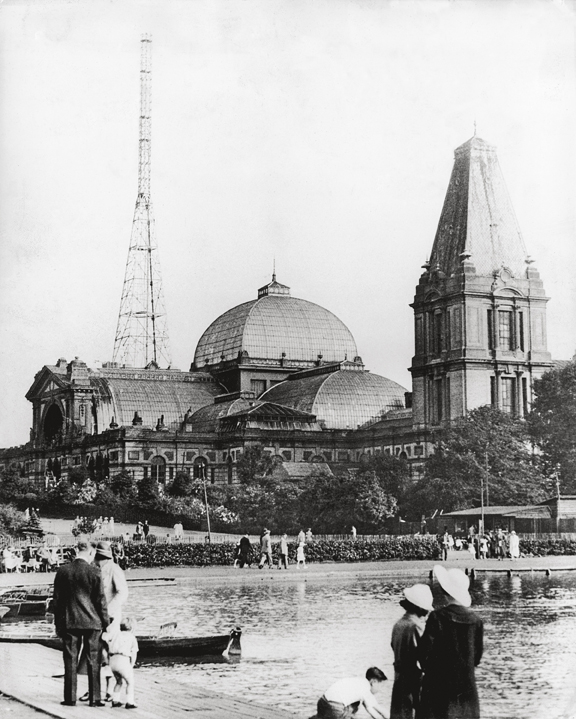 Alexandra Palace: How it's survived fires, bankruptcy and even gang warfare in 150 years as London's 'palace of the people'
Alexandra Palace: How it's survived fires, bankruptcy and even gang warfare in 150 years as London's 'palace of the people'Alexandra Palace has suffered every imaginable disaster, yet remains enduringly popular even a century and a half after its official grand opening. Martin Fone takes a look at the history of one of Britain's great public buildings.
By Martin Fone Published
-
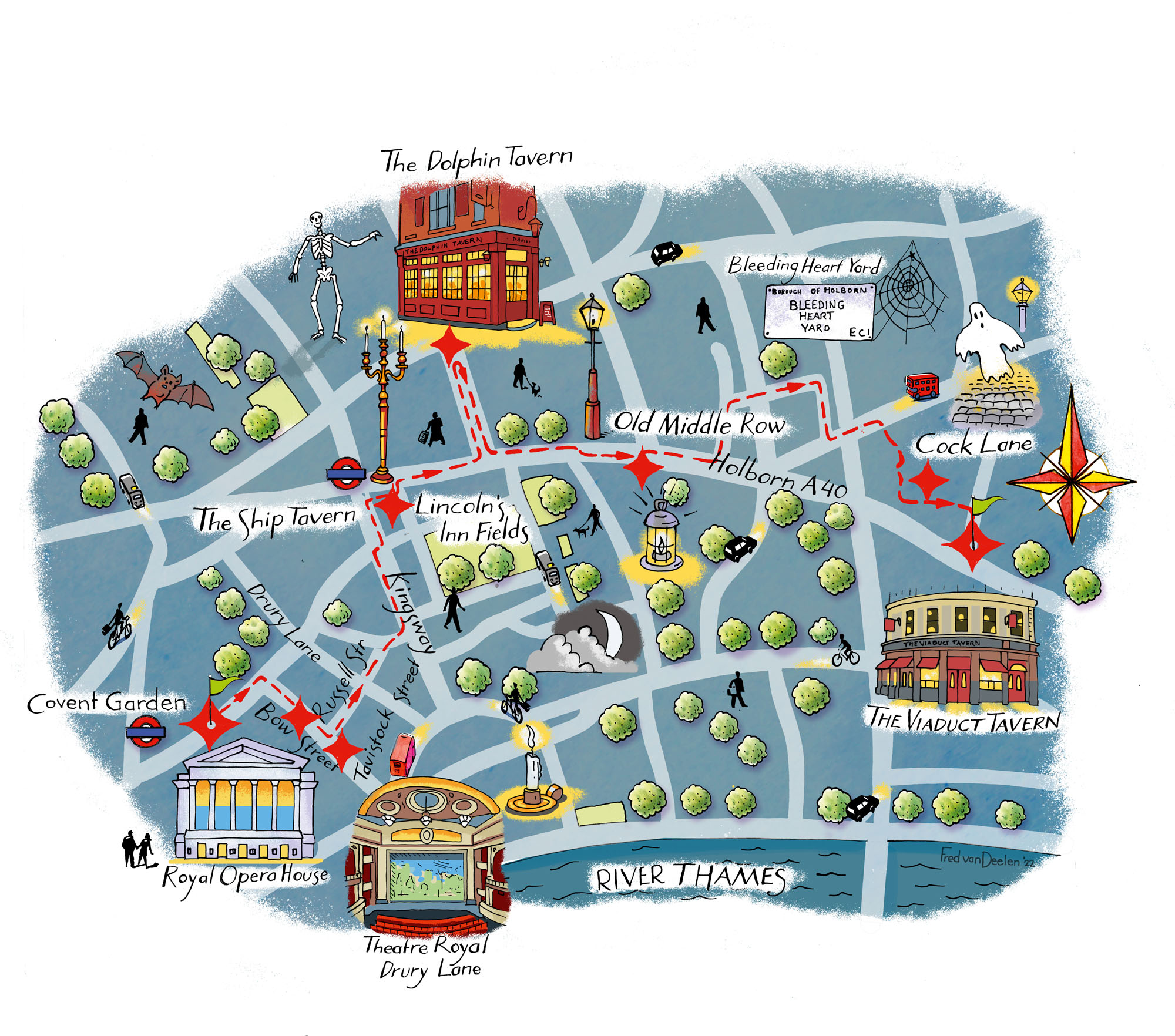 A ghost tour of London on foot
A ghost tour of London on footMany out there believe that the capital’s streets, pubs and even hospitals are home to myriad ghosts — a few friendly, some less so. On a walk through some of these supposedly haunted sites, Carla Passino tries to separate fact from fiction.
By Carla Passino Published
-
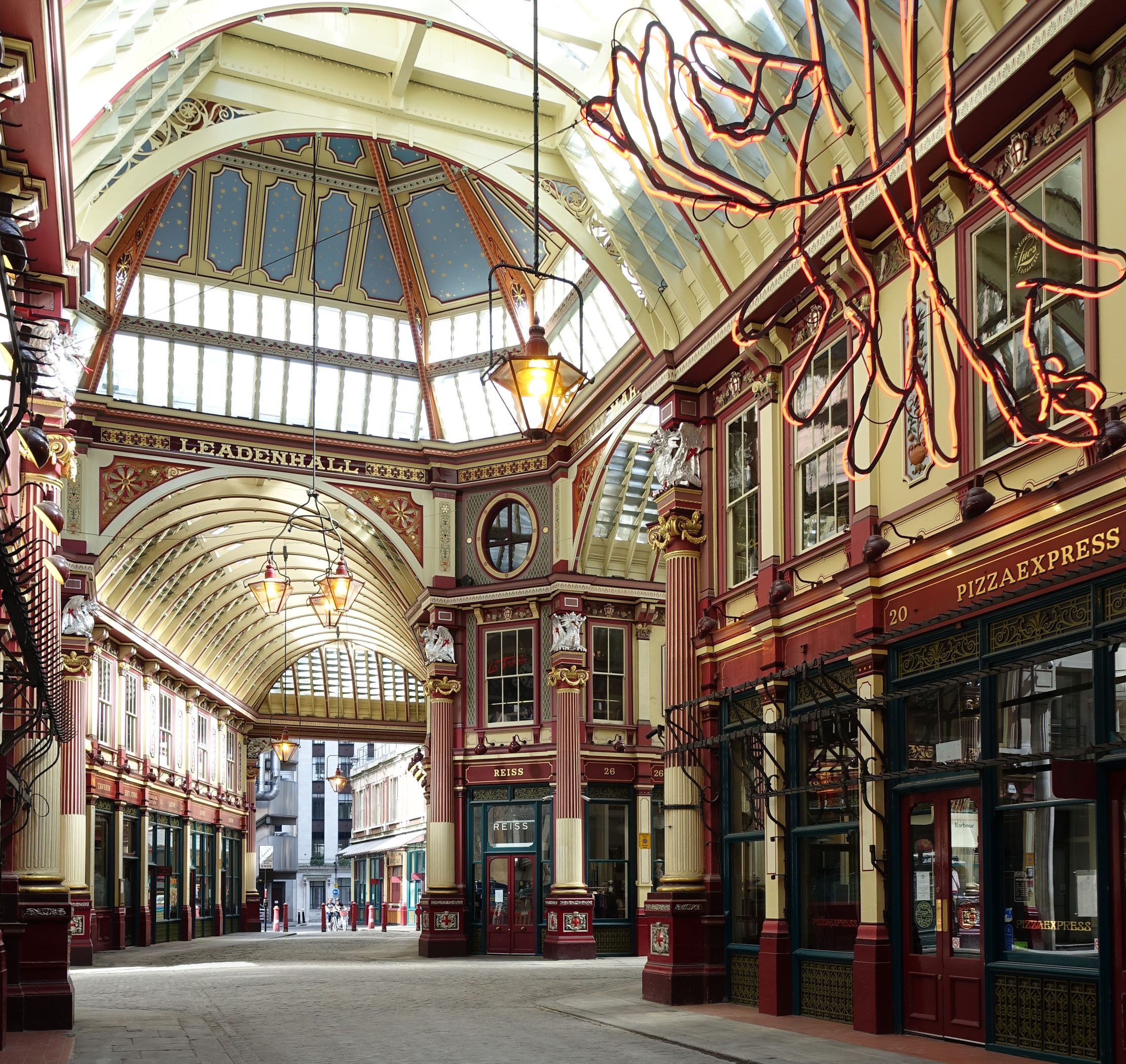 A City of London walking tour: 10 centuries in one day
A City of London walking tour: 10 centuries in one dayThe City of London offers an extraordinary contrast to the visitor: it's simultaneously the oldest, most historic part of the city, while also being its newest and shiniest. Carla Passino is your guide for a walk around the famous sites and hidden gems.
By Carla Passino Published
-
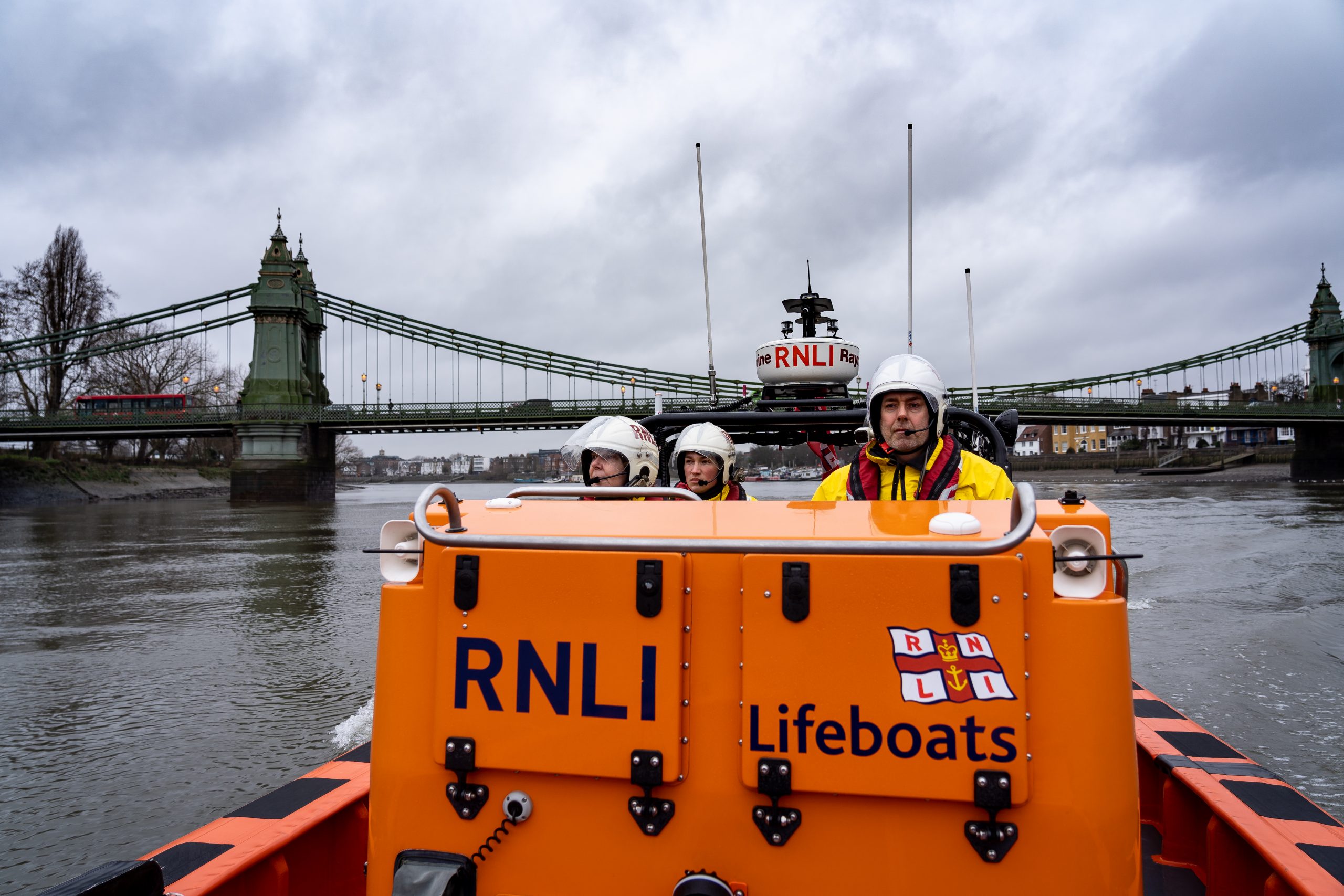 'We're not here to judge... if people need us, we come': How the RNLI London crews keep residents, tourists and even dogs safe from the Thames
'We're not here to judge... if people need us, we come': How the RNLI London crews keep residents, tourists and even dogs safe from the ThamesThe RNLI's two busiest lifeboat stations aren't on the coast: they're the Tower and Chiswick lifeboat crews who keep people safe on the Thames in Central London. Katy Birchall reports.
By Katy Birchall Published